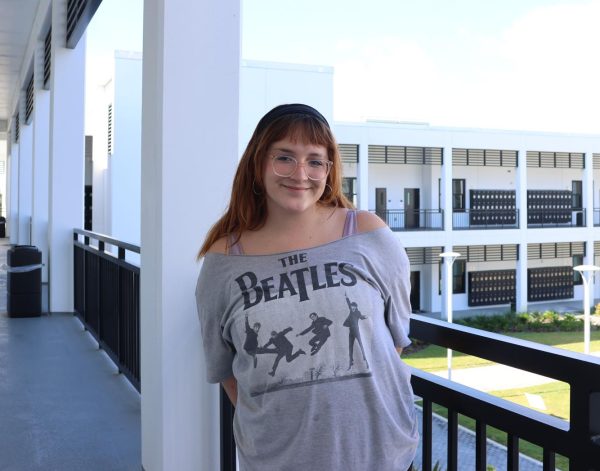Certain streets of Tampa Bay have started to resemble the opening shots of your favorite horror films. Everything looks the same. A strictly monochromatic palette has been terrorizing the streets of, not just Tampa, but everywhere in America. Houses have lost their character and charm and have been replaced with all the warmth of an icy tundra. What used to be referred to as “homes” have become museums, a cold representation of something attempting to be a house. These inhospitable monstrosities have been depicted in shows like the Netflix series “Black Mirror” to demonstrate how modernism and creative loss contributes to societal death similar to how technology and screens plague our lives. Even shows are warning us of the hazards of creative deficiency.
If you walk down Bayshore Boulevard, you can find an array of architectural designs. Colonial houses with great beaming columns and vast porches, suggestive of a style of another time. There’s beautiful Spanish and Greek-inspired homes, offering a diverse cultural representation. You can’t pass too many of these without seeing a dark, frigid modern abomination along the way too. This juxtaposition shows you the stark contrast between trying and not trying. Modern homes, although usually grand, look like they have little effort or thought put into them. They look like the start of a house, an unfinished thought.
No patterns or colors or anything resembling creativity are put into their making. It doesn’t properly simulate the amount of time put into constructing a house, which is a staggering number. A finished house should emulate a creative vision; a fully developed visual recreation of someone’s mind. Modern houses don’t accomplish this. There’s an extreme loss of craftsmanship. In the pursuit of efficiency and mass production, traditional craftsmanship and artisanal skills may be devalued or lost altogether.
The idea of modernism surpasses just the world of architecture. Homogenization is a killer of art, culture and thought. Modernism produces a standardization and uniformity that can lead to a loss of uniqueness and diversity that cultures are established on. This leaves different communities with a sense of rootlessness. As ideas become more and more alike, nothing new is being created. Artists are replicating each other, morphing into one bleak modern well-oiled machine. You could attribute this to movies and television as well. There are extreme consistencies in the media right now. “Creators” see that something makes a lot of money, so they do it again. And then another sees this and replicates it and soon there’s a mass cloning avalanche of content.
This focus on progress and material wealth is another detriment of modernism. It fosters a culture of consumerism- creating unsustainable levels of consumption and economic inequality. This is why modern houses are always so big, only a certain portion of the public can afford such extravagances. Modernism is advertised for the wealthy, it’s an emblem of prosperity and success. This makes it seem as though it’s something unattainable to the rest of us. It proposes a very haughty connotation that alienates itself from the rest of society.
Amidst the evergoing debates on the threat that technology and hyperconsumerism, I think modernism would serve as a valid contribution to this discussion. It’s danger is underestimated which just makes it’s more precarious. Although its effects are not as blatant as technology, it’s deceptive, gradual progression suggests how we don’t fully see how we are all slowly becoming the same; imitations of each other.


